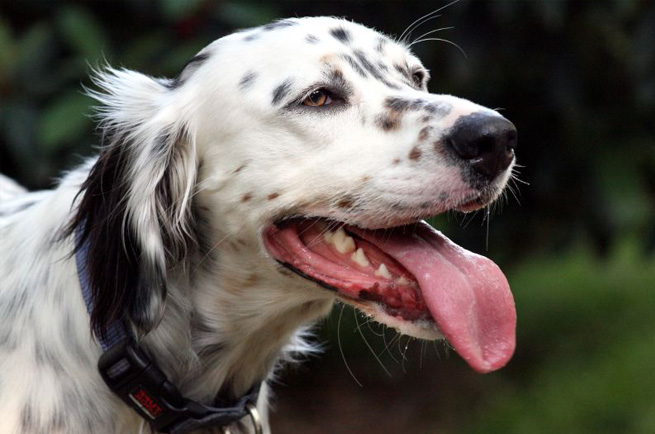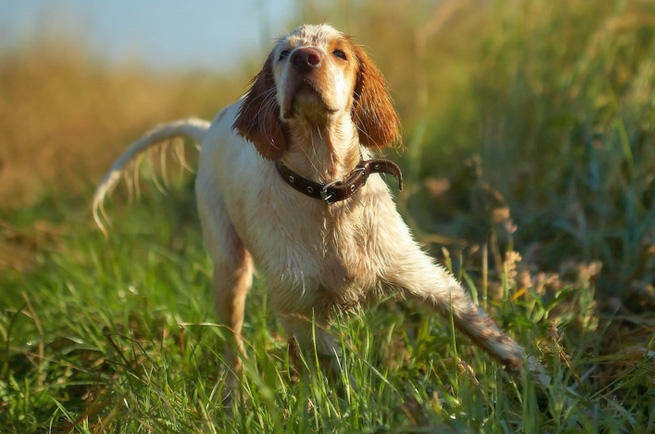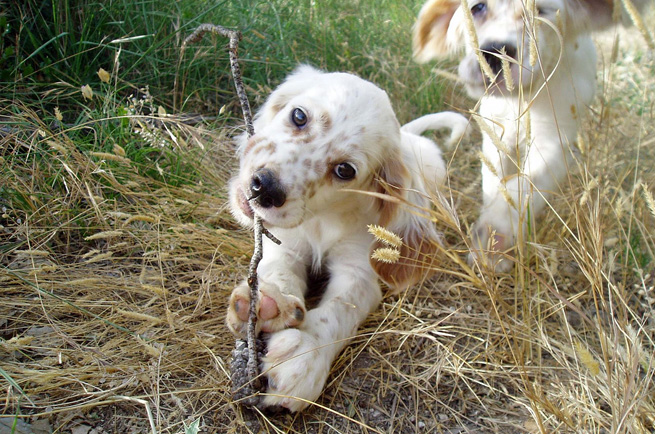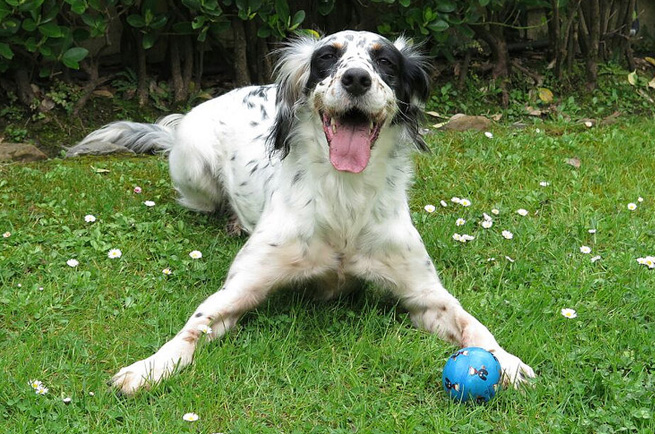English Setter
The English Setter is an elegant gun dog who is built for both speed and stamina. They have long, silky feathering on their chest, legs and tail and a face framed by floppy ears that you will fall in love with. Their large, dark brown eyes that give you a hint of their sensitive and sweet personality.
The English Setter's coat is so special there's a term just for it, 'belton'! Belton refers to the speckled or flecked coat colour. The base colour tends to be white, with flecks of black, known as blue belton, lemon, orange, liver or tricolour, which is a mix of blue with liver or tan, or tan belton.
Apx 14 years
The English Setter is an undemanding dog when it comes to food. They don't have any special dietary requirements and generally have a good appetite.
comments powered by Disqus







